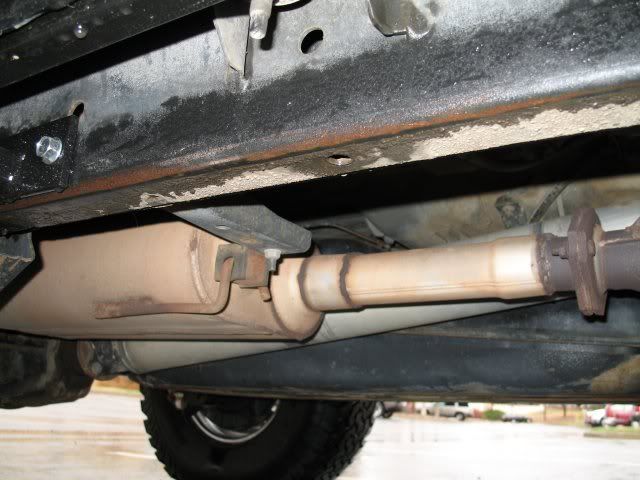Trying not to hijack Vinnybin's, and using the pictures posted there by JAMAS...My VX started to sound very loud over the weekend. I checked under the VX today, and the issue seems to be the section highlighted in the picture.
Question:
What is that section?
Can I just replace that section?
Should I replace the whole muffler?
Thanks in advance for your advice.




 Reply With Quote
Reply With Quote





